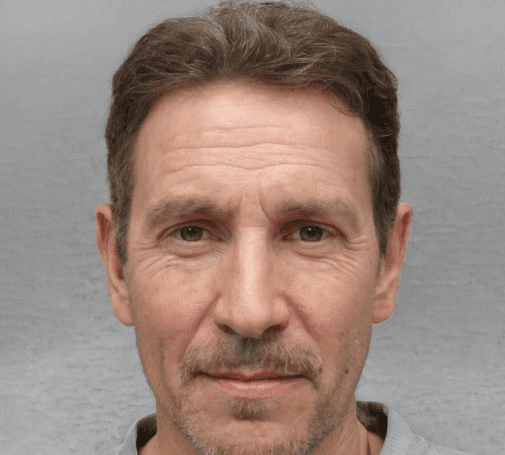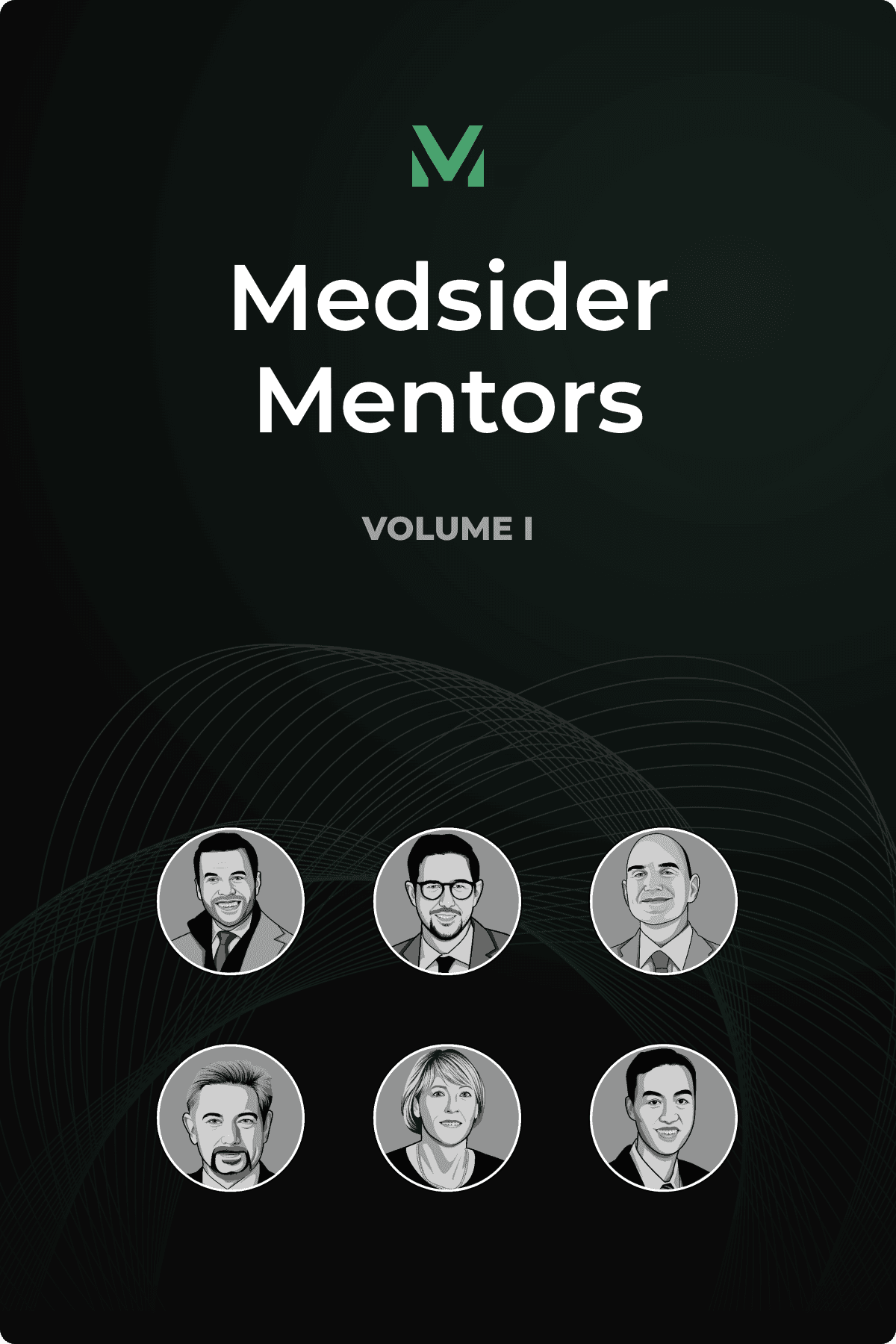A Great Product vs. a Great Business
Interview with EDAP TMS CEO Ryan Rhodes

Key Learnings From Ryan's Experience
Your medtech product needs to be teachable and deliver consistently repeatable results. Without these critical factors, it won’t gain traction. Standardizing processes makes it easier for users to adopt and integrate. A dedicated adoption team can help drive long-term success. The early adopters take the biggest risk, but they also gain the most from being first to market with new technology. It can be useful to target organizations that see themselves as innovation leaders.
Test rigorously (even early on) and be open to other applications. Run clinical studies, validate results, and compare to the gold standard in your field. Strong data is essential for credibility, regulatory approvals, and reimbursement. Your technology might have broader applications than you initially expected. Stay open to insights from physicians, researchers, and even patients who can reveal new use cases.
A great product doesn’t always translate into a great business. Some technologies are better suited as acquisitions for larger players who can scale them more effectively. If you’re building a company, you need a solid plan for scaling, funding, and competing long-term. If an acquisition is your goal, focus on making your business attractive to strategic buyers while growing revenue and market share. Real success comes from planning for long-term market shifts. Develop an innovation roadmap that ensures your company's relevance today — and well into the future.
EDAP’s Focal One system is redefining prostate cancer treatment with high-intensity focused ultrasound (HIFU), offering a precise, non-invasive alternative to surgery and radiation. By combining real-time imaging with robotic targeting, Focal One delivers sub-millimetric accuracy, allowing urologists to treat only the cancerous tissue while preserving healthy structures. This innovation minimizes side effects like incontinence and sexual dysfunction, enabling faster recovery for patients.
Ryan Rhodes, CEO of EDAP TMS, has a track record of driving market adoption for groundbreaking medical technologies. His experience spans surgical robotics at Intuitive Surgical — where he helped establish urology as the key entry point for the da Vinci system, as well as leadership roles in robotic aesthetic medicine and robotic microsurgery.
Now, he’s leading the charge to make focal therapy — treating only the affected prostate tissue while sparing surrounding areas — a mainstream treatment option for prostate cancer.
Unlike earlier HIFU approaches, which often relied on less precise targeting methods, Focal One leverages advanced imaging technologies such as MRI fusion biopsies and 3D ultrasound. What sets Focal One apart is its robotic system, which offers five degrees of freedom for precise lesion targeting and ablation. Its proprietary dynamic focusing probe merges high-resolution ultrasound with controlled HIFU energy delivery, ensuring a highly accurate treatment while avoiding critical structures. The result is an incision-free, radiation-free therapy that reduces complications and speeds up recovery.
Focal One is still in the early adoption phase, but momentum is building. The technology has secured FDA clearance in the U.S., CE Mark in Europe, and MDR approval. It is installed in approximately 65 centers across the U.S., it’s in leading cancer hospitals like Memorial Sloan Kettering, Mount Sinai, Mayo Clinic, MD Anderson, and Cleveland Clinic, as well as top community hospitals.
Clinical studies are underway to explore additional applications, potentially expanding its impact beyond prostate cancer.
Guest
CEO of EDAP TMS
Ryan has over 30 years of experience in market development, with two decades focused on medical robotics. As CEO of EDAP TMS, he leads the company's efforts to advance Focal One, a robotic high-intensity focused ultrasound (HIFU) system for prostate cancer treatment. Before joining EDAP, Ryan was CEO of Restoration Robotics, where he guided the company to a successful merger with Venus Concept. He spent 13+ years at Intuitive Surgical, establishing the global Urology franchise, which became the company’s entry point for broader adoption of the da Vinci system. He also spent 11 years at Ethicon (J&J) in sales, marketing, and market development.
Sponsor Message
We recently released the seventh volume of Medsider Mentors, which summarizes key learnings from the most popular Medsider interviews over the last six months.
We get it—keeping up with every Medsider interview isn’t easy. That’s why we created Medsider Mentors. These e-book volumes distill the best practices and insider secrets from top founders and CEOs, all in a downloadable, easy-to-digest format.
Check out the latest volume here. Premium members get free access to all past and future volumes, plus a treasure trove of other resources.
If you’re not a premium member yet, you should definitely consider signing up. We recently revamped Medsider with swanky new features, especially for our premium members. In addition to every volume of Medsider Mentors, you’ll get full access to our entire interview library, dating back to 2010.
You’ll also get Medsider Playbooks—curated guides packed with actionable insights on topics like fundraising, regulatory challenges, reimbursement strategies, and more.
And if you’re fundraising, don’t miss our exclusive investor database, featuring over 750 life science VCs, family offices, and angels. We’ve even created 3 custom packages to help you with your next fundraise.
Learn more by visiting Medsider Mentors.
Driving Device Adoption: Training and Reproducibility
Focal One is still in the early adoption phase, but the key elements like clinical data, physician training, reimbursement, and a growing market strategy, are all coming together. Drawing from his experience at Intuitive Surgical, Ryan calculates he can position HIFU and focal therapy as the next major treatment category in prostate cancer.
One of Intuitive’s key successes was standardizing robotic surgery — making complex procedures easier for surgeons to perform step by step with predictable outcomes. The same principle applies to Focal One.
Ryan focuses on two critical factors:
Is the procedure teachable and easy to learn?
Can it be performed consistently with good clinical outcomes across different hospitals, ensuring reproducibility?
If a procedure isn’t teachable and reproducible, it simply won’t scale.
To drive adoption, Focal One uses a two-pronged approach: a dedicated capital equipment sales team sells the system to hospitals, while a clinical team supports physicians and encourages adoption.
Focal One is already in all five University of California teaching hospitals and major institutions like Memorial Sloan Kettering, Mayo Clinic, and MD Anderson. Academic centers play a critical role not just for validation and clinical data, but for training the next generation of urologists who will carry the technology forward: “Academic programs give you the benefit of teaching new young urologists, so they come out of training knowing how to use the technology. They understand both the value and use of HIFU and Focal One.” But community hospitals are just as crucial. They handle the bulk of prostate cancer cases and tend to be more competitive. Many look to adopt new technology early to gain a market advantage. That’s why institutions like Kaiser, HCA, and regional IDNs have already brought in Focal One.
“You run these in parallel. You want the academic centers as much as you want the community hospitals. They're both valuable as customers, yet there may be different beneficial market dynamics that play in each of them,” says Ryan.
One of the first questions any new medical technology faces is: Can hospitals afford to invest in it? In Focal One’s case, the answer is yes. Not only are hospitals reimbursed, but physicians have a dedicated CPT code, ensuring they’re compensated for performing the procedure.
Apart from marketing and support, reimbursement support is non-negotiable. Hospitals need to see a ROI before committing to new technology. With prostate cancer being the most prevalent cancer in males — nearly 300,000 new cases per year in the U.S. — the financial justification for hospitals is strong.
“Those who adopt early take the most risk, but they reap the most reward,” Ryan explains. He adds, “Identifying accounts that see themselves as innovation leaders in their community is always really important — especially when you’re selling premium-priced, disruptive capital equipment.”
Exploring New Use Cases (and Leveraging Academic Hospitals)
Great technology often extends beyond its original use case. That’s exactly what’s happening with Focal One. Initially designed to treat prostate cancer, the platform is now being explored for other indications, including rectal endometriosis and benign prostatic hyperplasia (BPH). These new applications emerged through both physician-driven insights and direct patient feedback in search of new, advanced non-invasive treatments that deliver improved clinical efficacy.
Dr. Gil Dubernard, a researcher from France, proposed that using Focal One’s transrectal HIFU imaging and energy delivery system could potentially ablate endometrial implants on the rectal wall in women with stage 4 deep infiltrating endometriosis — a condition that typically requires invasive surgeries. In March 2024, the FDA granted Breakthrough Device Designation to explore its potential.
Another potential indication emerged from patient feedback. After undergoing Focal One treatment for prostate cancer, some men noticed their urinary symptoms improved. That was because ablating prostate tissue naturally reduces pressure on the prostatic urethra, thus improving urinary flow. With that insight, Focal One launched a Phase I/II study in France to explore treating benign prostatic hyperplasia (BPH). Right now, three centers are actively recruiting and treating patients, with plans to define treatment protocols and seek FDA approval in 2026.
Beyond the clinical benefits, expanding indications is also a strong business strategy, especially for companies using a razor-razor blade model — where a core device (the "razor") is sold at a lower cost or break-even point, while generating ongoing revenue from consumables, services, or procedures (the "razor blades").
But new markets don’t build themselves. To succeed, HIFU and focal therapy need strong clinical data. EDAP has been investing heavily in research, including the HIFI study, a large-scale, government-sponsored trial in France. This study enrolled 3,328 patients across 46 centers to compare HIFU to radical prostatectomy - the gold standard for prostate cancer treatment. The results confirmed that HIFU patients had excellent cancer control with better functional outcomes, preserving both sexual function and urinary control more effectively than surgery.
Clinical trials not only validate safety and efficacy but also play a critical role in securing reimbursement, a key factor in hospital adoption. For Ryan, the question is, “How do you compare yourself to the existing gold standard treatment?” If your device is treating cancer (or any major condition), how does it perform relative to existing treatments? Identify key criteria that define standard-of-care outcomes. If your early data suggests strong results, it’s worth investing in larger studies sooner rather than later.
Another strategic move is leveraging academic hospitals for early validation. As Ryan says, “You always want more data. More clinical data that proves the efficacy of treatment, and you get that with academic centers because they're interested in advancing the science of clinical care while delivering improved patient outcomes.” The sooner you gather real-world evidence of clinical benefits, the faster you can build credibility, secure regulatory approvals, and improve reimbursement potential.
Without solid data proving both cost-effectiveness and patient outcomes, securing strong reimbursement is an uphill battle. And in medtech, reimbursement can make or break adoption.

Is Your Medtech Solution a Scalable Business? (Hint: Not Every Product is a Business)
Many medtech founders focus on developing a great product, but the bigger question is: Can it become a sustainable business?
Ryan points out that there’s nothing wrong with creating a novel, valuable technology and eventually selling it to a larger company. In fact, that’s a perfectly valid exit strategy. Some technologies are better suited as "tuck-in acquisitions" for big players who have the resources, scale, and expertise to take them further.
But not every great product should become its own company. As a founder, you need to step back and assess whether you have the foundation for a scalable, standalone business or if partnering with a strategic acquirer is the smarter play. Some technologies create entirely new markets, allowing startups to grow into full-fledged companies. Others may fit better within a larger portfolio, where an established company can leverage existing sales channels, R&D, and infrastructure to expand its reach.
Ryan suggests having a clear strategy for scaling, funding, and competing in the long term. If you're positioning for acquisition, make sure your company is attractive to strategic investors while growing revenue and market share.
Regardless of your path, you have to stay ahead of the market. That’s why keeping an eye on market trends and competition is important. Where is the industry heading? What disruptive technologies are emerging? With AI in the spotlight, startups need to consider how it fits into their product strategy. While AI is highly relevant, Ryan points out that today’s AI is already outdated. There’s always something newer and more advanced in development. Companies need an innovation roadmap that looks beyond just the next product iteration and considers long-term market shifts.
Sponsor Message
After raising over $40M from corporate venture and cardiovascular key opinion leaders, FastWave Medical has progressed rapidly in the development of its next-generation intravascular lithotripsy (IVL) systems for complex calcific disease.
The market size for IVL is over $9 billion and the only player in the space was recently acquired for over $13 billion. So naturally, there’s a lot of investor interest in FastWave.
Given the continued demand to invest in FastWave, their team has opened up an investor waitlist for anyone interested in potentially owning a piece of the company.
The last time the company opened up an private placement, it closed nearly $20 million in less than a month. So if you’re interested in investing in one of the hottest cardiovascular startups, opt into their investor waitlist here.
You May Like These Articles
Medsider Premium
Become a premium member and unlock access to exclusive Medsider benefits.



